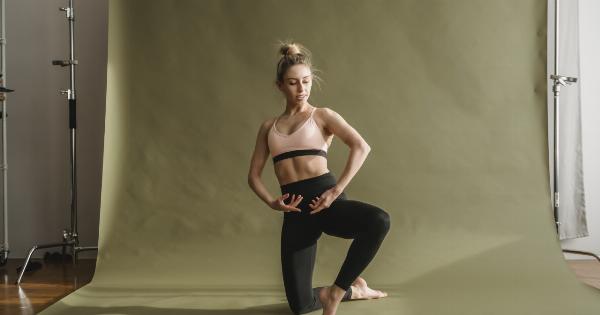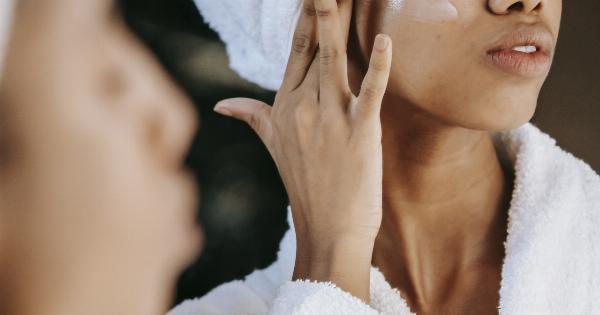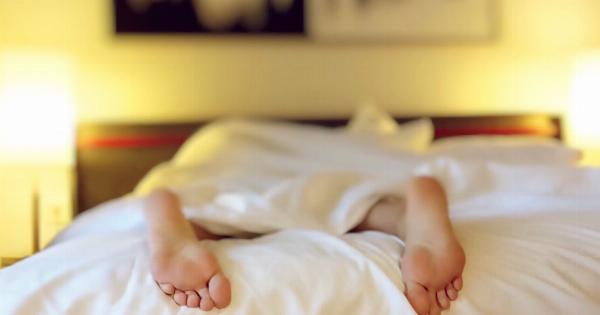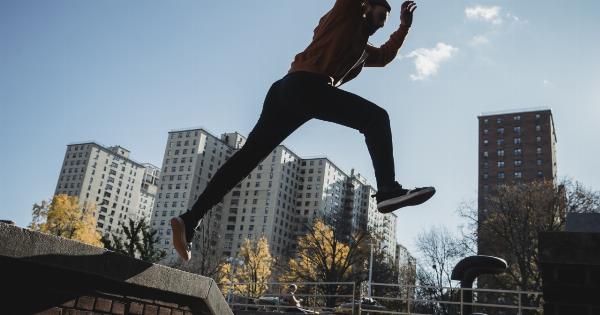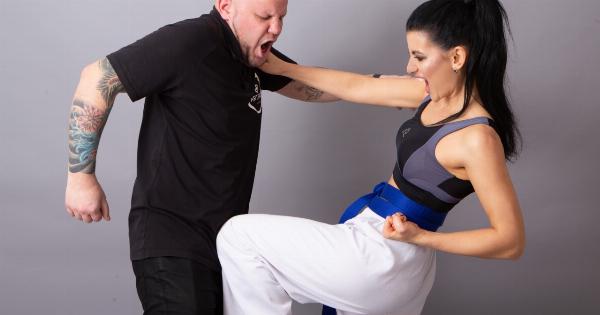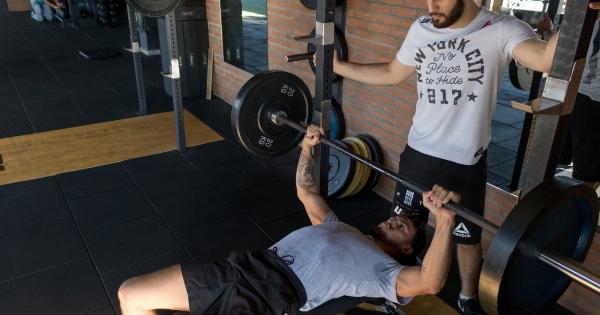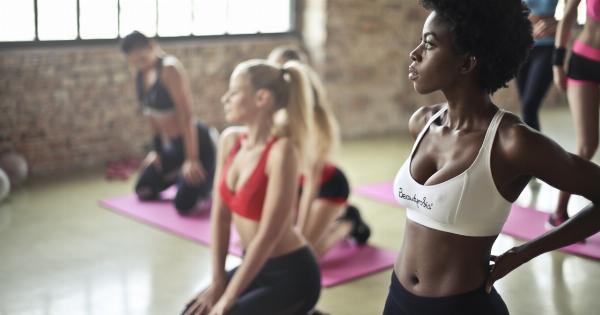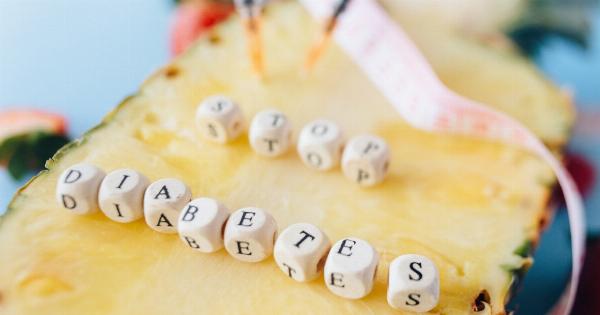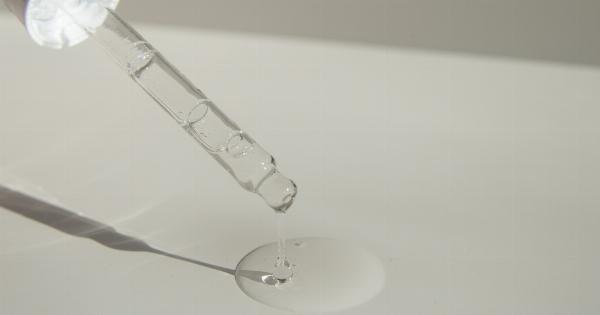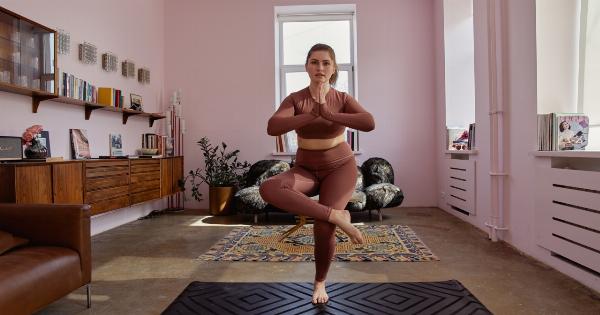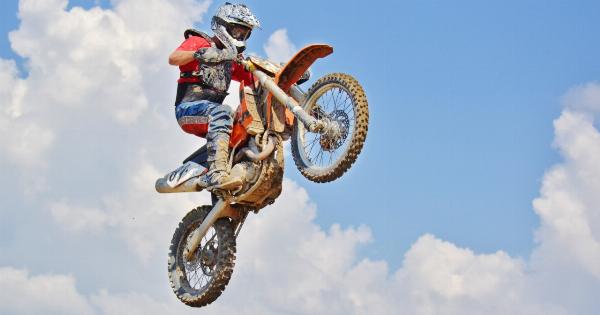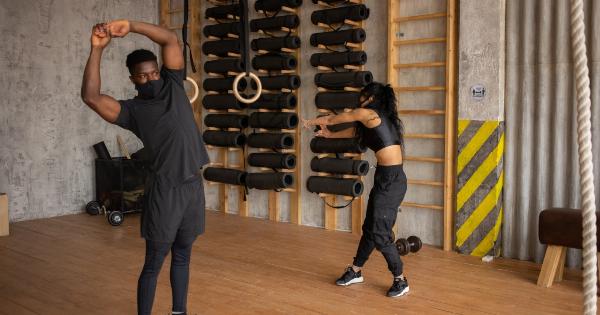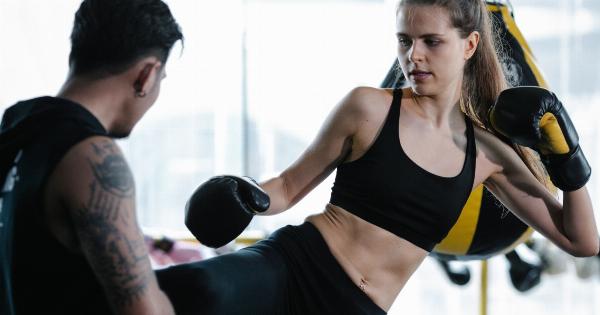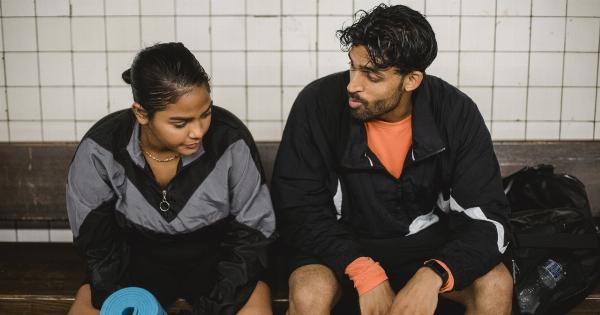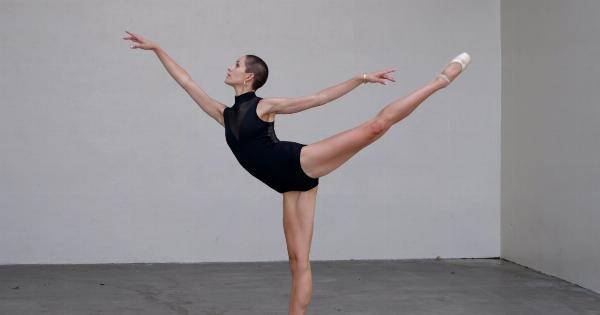Incontinence is a condition where the bladder or the bowel loses control. It is common among women, especially those who have given birth or who are in their menopausal phase.
The severity of the condition varies, and it can range from occasional leaks to a continuous flow of urine or feces. There are several ways to manage incontinence, and exercise is one of them. Here are the best exercises for incontinence in women:.
1. Kegel exercises
Kegel exercises, also known as pelvic floor exercises, are widely recommended for women with incontinence. They target the pelvic floor muscles, which are responsible for controlling the bladder and bowel movements.
Kegel exercises involve contracting and relaxing the pelvic muscles repeatedly. To do this exercise, you need to:.
- Identify your pelvic muscles by stopping the flow of urine midstream
- Sit, stand or lie down comfortably and contract your pelvic floor muscles for 3 to 5 seconds
- Relax the muscles for the same duration
- Repeat the exercise 10 to 15 times per session, and aim for 3 sessions daily
2. Yoga
Yoga is a holistic exercise that combines physical postures, breathing, and meditation. It has been found to be effective in reducing incontinence symptoms. Some yoga postures that target the pelvic floor muscles include:.
- The goddess pose
- The bridge pose
- The tree pose
- The warrior pose
- The bound angle pose
3. Aerobic exercises
Aerobic exercises help to boost overall fitness and reduce weight, which can be beneficial in reducing incontinence. These types of exercises increase blood flow to the muscles and improve lung capacity. Examples of aerobic exercises include:.
- Brisk walking
- Running
- Cycling
- Swimming
- Dancing
4. Pilates exercises
Pilates is a low-impact exercise that focuses on strengthening the core muscles, including the pelvic floor muscles. Pilates exercises that are beneficial for incontinence include some poses like:.
- The hundred
- The pelvic tilt
- The seated leg lift
- The single-leg stretch
5. Tai Chi exercises
Tai chi is a gentle form of exercise that involves slow movements and deep breathing. It has been found to be beneficial in improving bladder control. Tai chi exercises that target the pelvic floor muscles include:.
- The horse stance
- The breathing exercises
- The pelvic twists
6. Squats
Squats are beneficial in strengthening the pelvic floor muscles, glutes, and thighs. It is a simple exercise that targets the lower body muscles and can be done almost anywhere with no equipment. To do squats, you need to:.
- Stand with your feet shoulder-width apart and your arms at your sides
- Bend your knees and lower your body slowly as if sitting on a chair
- Stop when your thighs are parallel to the ground
- Hold the pose for a few seconds and then rise back to the starting position
7. Planks
Planks help to strengthen the core muscles, including the pelvic floor muscles. It is a simple and effective exercise that you can do from the comfort of your home. To do a plank, you need to:.
- Lie down on your stomach
- Raise your body and support it with your forearms and toes
- Keep your body straight and hold the position for 30 seconds to 1 minute
8. Abdominal curls
Abdominal curls are beneficial in toning the abdominal muscles, including the pelvic floor muscles. To do the exercise, you need to:.
- Lie down on your back with your knees bent and feet flat on the ground
- Place your hands behind your head
- Exhale and lift your shoulders off the ground while contracting your abdominal muscles
- Inhale and lower your shoulders back to the starting position
9. Calf raises
Calf raises help to strengthen the calf muscles, which are connected to the pelvic floor muscles. To do calf raises, you need to:.
- Stand with your feet shoulder-width apart and your hands on your hips
- Raise your body slowly by standing on your toes
- Hold the pose for a few seconds and then lower yourself back to the starting position
10. Glute bridges
Glute bridges are beneficial in strengthening the glutes and pelvic floor muscles. To do glute bridges, you need to:.
- Lie down on your back with your knees bent and feet flat on the ground
- Place your hands by your sides, and your feet shoulder-width apart
- Lift your hips off the ground until you form a straight line from your knees to your shoulders
- Hold the pose for a few seconds and then lower your hips back to the starting position
Conclusion
Incontinence can be an embarrassing and debilitating condition for women, but with exercise, it can be managed. The above exercises are beneficial in strengthening the pelvic floor muscles and reducing incontinence symptoms.
They can be done at home or in a gym, depending on your preference. It’s important to consult your doctor before starting any exercise regimen if you have severe incontinence to prevent further complications.


